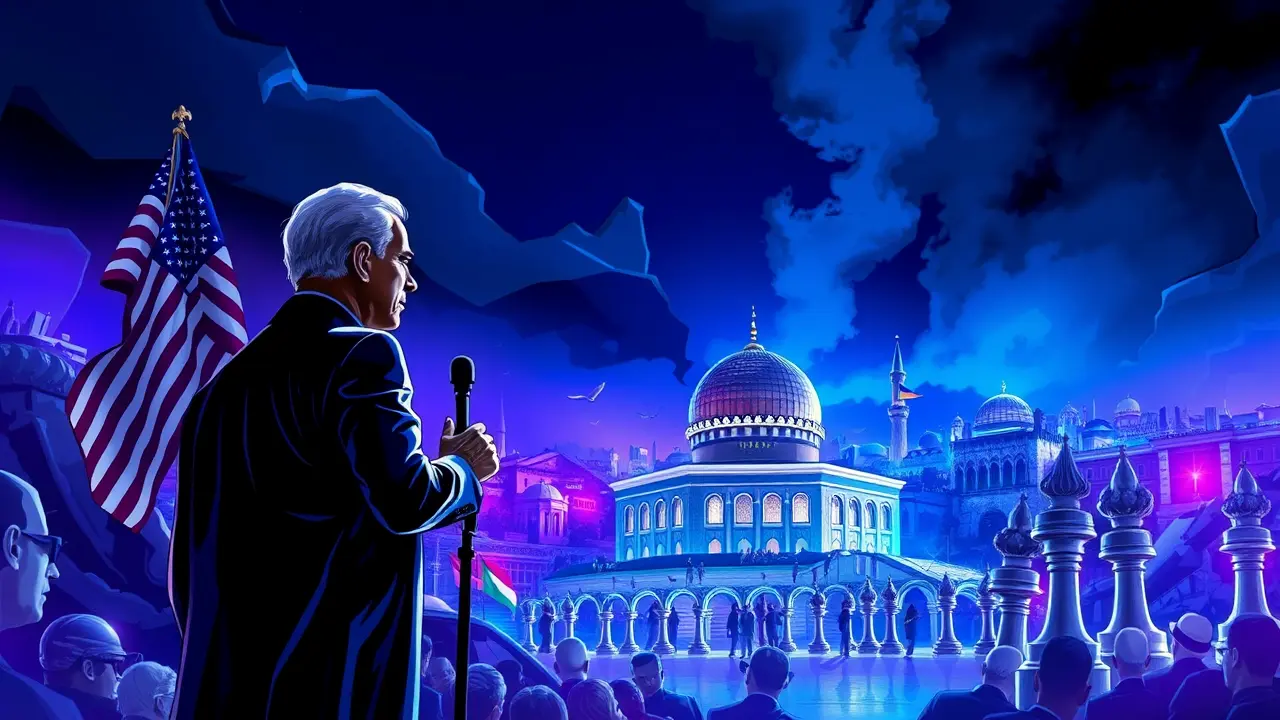US President Visits Jerusalem Amid Gaza Ceasefire.
The arrival of the US President in Jerusalem, set against the fragile and tenuous ceasefire that has momentarily stilled the guns over Gaza, represents not a pivotal moment of diplomatic breakthrough but rather a stark exercise in transactional statecraft, a maneuver more concerned with the immediate calculus of power than with the arduous pursuit of a transformative and lasting peace. This visit, timed with the precision of a political strategist rather than a peacemaker, underscores a recurring and sobering theme in the long, tragic history of the Israeli-Palestinian conflict: that superpower engagement is often most fervent not when moral imperatives demand it, but when domestic political timelines and international standing are on the line.The scene in Jerusalem is one of profound contrasts; while the rhetoric will inevitably speak of hope and a path forward, the substance is likely to be a carefully choreographed exchange of assurances, a reaffirmation of alliances, and a management of immediate crises, all while the foundational issues—borders, the status of Jerusalem, the right of return, the very viability of a future Palestinian state—remain buried under the rubble of the latest confrontation. Historically, one is reminded of Churchill’s observation that 'jaw-jaw is better than war-war,' yet this particular instance of diplomacy feels less like a sincere commitment to dialogue and more like a tactical intermission, a pause dictated by exhaustion and international pressure rather than a genuine change of heart from either party.The administration’s approach appears to be one of crisis containment, aiming to secure a temporary calm that prevents a regional conflagration and stabilizes a key strategic partnership, all while navigating the treacherous waters of a deeply polarized American electorate where the issue commands intense and often conflicting allegiances. Expert commentary from veteran analysts in the region suggests that without a concurrent, robust strategy to address the underlying drivers of the conflict—the humanitarian catastrophe in Gaza, the expansion of settlements in the West Bank, the political fragmentation on both sides—this ceasefire will prove as ephemeral as its predecessors, merely setting the stage for another, perhaps even more devastating, cycle of violence in the foreseeable future.The consequences of this transactional approach are profound; it risks further eroding US credibility as an honest broker, emboldening extremist elements on all sides who thrive in the absence of a credible political horizon, and ultimately condemning another generation to a future dictated by the grim logic of conflict management rather than the ambitious vision of conflict resolution. In the grand chessboard of Middle Eastern politics, this move is a defensive one, shoring up a key piece rather than advancing a winning strategy for peace, a sobering reminder that even the most powerful nations often find themselves reacting to events in this volatile region rather than shaping them toward a just and durable conclusion.
It’s quiet here...Start the conversation by leaving the first comment.
© 2025 Outpoll Service LTD. All rights reserved.
